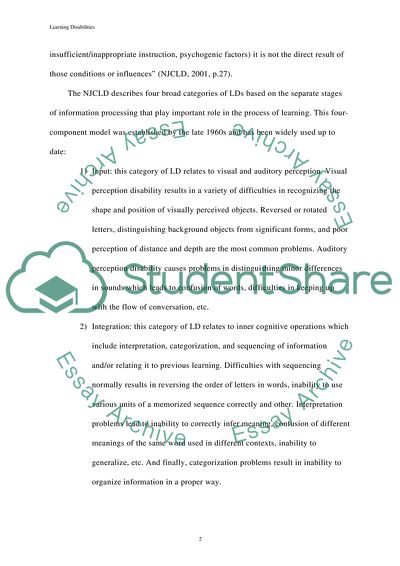Cite this document
(Learning Disabilities Research Proposal Example | Topics and Well Written Essays - 1500 words, n.d.)
Learning Disabilities Research Proposal Example | Topics and Well Written Essays - 1500 words. https://studentshare.org/education/1715816-learning-disabilities
Learning Disabilities Research Proposal Example | Topics and Well Written Essays - 1500 words. https://studentshare.org/education/1715816-learning-disabilities
(Learning Disabilities Research Proposal Example | Topics and Well Written Essays - 1500 Words)
Learning Disabilities Research Proposal Example | Topics and Well Written Essays - 1500 Words. https://studentshare.org/education/1715816-learning-disabilities.
Learning Disabilities Research Proposal Example | Topics and Well Written Essays - 1500 Words. https://studentshare.org/education/1715816-learning-disabilities.
“Learning Disabilities Research Proposal Example | Topics and Well Written Essays - 1500 Words”. https://studentshare.org/education/1715816-learning-disabilities.


